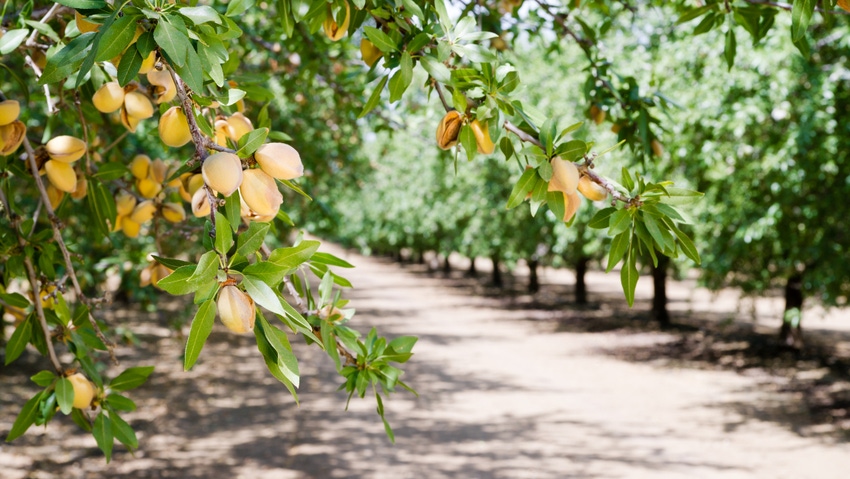
California’s largest specialty crop is looking to the next federal farm bill for assistance with trade, conservation bioenergy, technical assistance, and research.
Almond Alliance President Kelly Covello’s remarks to the U.S. House Committee on Agriculture outlined the value of the California almond industry and the unique needs of its producers.
California almond producers attending the farm bill listening session held at Modesto also emphasized the importance of crop insurance, Environmental Quality Incentive Program (EQIP) funding, and the Market Access Program (MAP).
Covello said only 83 percent of California almond producers carry USDA-endorsed crop insurance which assists with catastrophic events and the risk rating process for producers seeking agricultural loans.
It is essential that funding levels increase in the 2018 farm bill, Covello said. There hasn’t been an increase in funding in several important programs in the last two farm bills even as challenges to agriculture have escalated. California’s rural communities depend on many farm bill programs to support economic development, public health, and safety infrastructure, she added.
Highlighting some of the most valuable programs, Covello noted that EQIP has been historically underfunded and despite requiring matching funds is always over-subscribed. This program benefits not only the producer, but local residents as well by providing financial and technical assistance to meet environmental standards. One example is the upgrade of agricultural motors to meet federal air quality standards.
The MAP and the Foreign Market Development (FMD) programs along with the Technical Assistance for Specialty Crops are important as nearly 70 percent of California almonds are exported to consumers around the world. Covello said a 25 percent increase in production in the next 3-5 years would make these programs essential.
A 2016 econometric study of export demand by Informa Economics IEG, working with Texas A&M University and Oregon State University economists, showed that between 2002 and 2014, a return on investment by MAP and FMD of $24 in export gains for every additional $1 spend on foreign market development.
In addition, there was an average annual increase in farm income of $2.1 billion due to program activities. More than 239,000 new full- and part-time jobs were created through the program.
Covello pointed out that despite the success of these programs MAP funding has not increased since 2006 and FMD funding has not increased since 2002. The Almond Alliance is advocating doubling the amount of funding for MAP from $200 million to $400 million annually and increasing FMD funding from $34.5 million to $69 million annually.
The conservation and bioenergy programs cover growing and processing crops for biofuel and help producers and business owners install renewable energy systems. They also support research related to energy.
Covello said an area of bioenergy potential that is overlooked is almond biomass - woody material from pruning and orchard removal. She said the almond industry believes it can eventually produce almonds with zero waste, but the current economic and environmental challenges along with bioenergy technological hurdles have slowed the development of bioenergy outlets for almond biomass.
Woody biomass from orchards could be considered for eligibility in USDA’s bioenergy programs, Covello said.
Closure of co-generation plants throughout the state is making the goal of zero waste more difficult to achieve, she added. The alliance has been working with the state legislature, government agencies, and coalitions to keep biomass and other base load energy in play in California until viable long-term solutions are found.
Covello said that while there is currently a slight decrease in almond orchard removals, substantial increases are expected from 2018-2022 before decreasing again.
There will be a need for an outlet for this woody biomass along with the additional biomass generated by an increase in almond acres. The goal, she said, is to find long term solutions that are both economical for almond producers and huller-shellers that are in line with the state’s environmental goals.
About the Author(s)
You May Also Like




